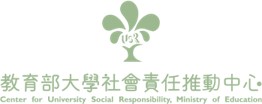
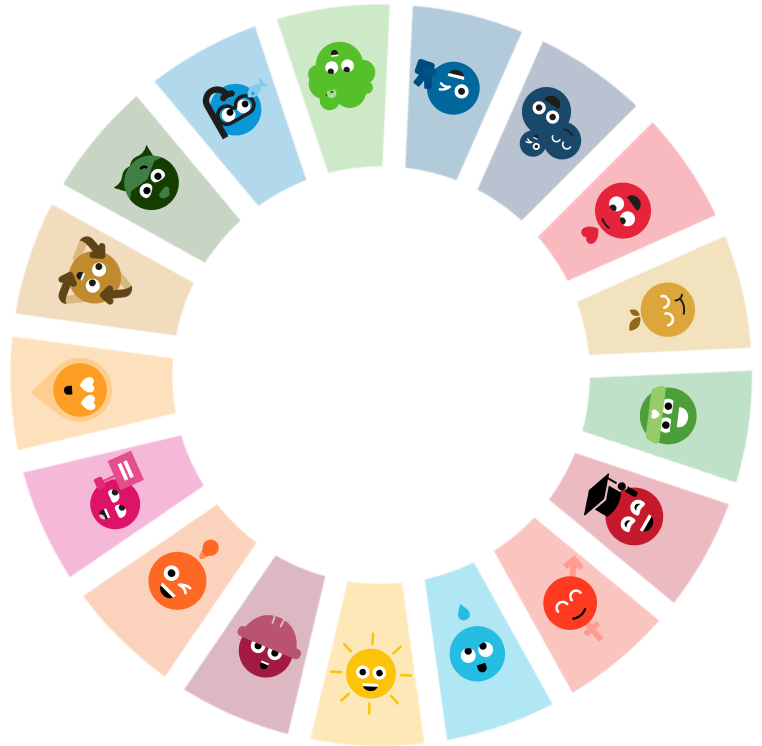
SDGs in NYCU
10,000+
SUSTAINABILITY-RELATED COURSES
20+
SUSTAINABILITY-RELATED STUDENT CLUBS
6,000+ GJ
SOLAR ENERGY
GENERATION per year
LED LIGHT
YANGMING CAMPUS85%
CHIAOTUNG CAMPUS95%
10
GREEN BUILDINGS
100%
GREEN PROCUREMENT
5,000+
TREES PLANTED IN CAMPUS
3,500+ tons
GREENHOUSE GAS EMISSION REDUCED (from 2021)
Sustainable Achievements of NYCU
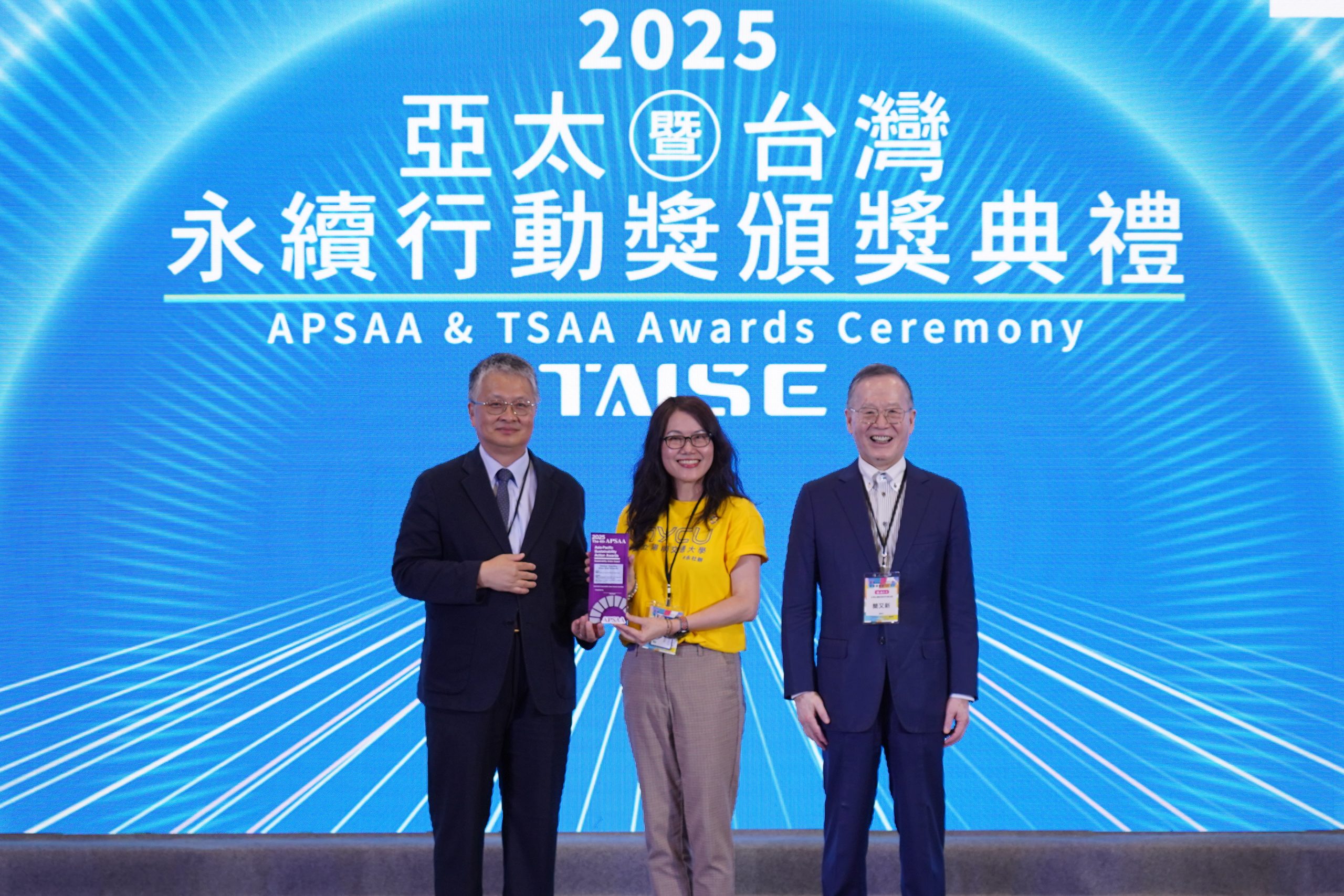
NYCU Honored with Seven Awards at 2025 Asia-Pacific and Taiwan Sustainability Action Awards
Edited by Chance Lai National Yang Ming Chiao Tung University (NYCU) received a total of seven accolades at the 2025 Asia-Pacific and Taiwan Sustainability
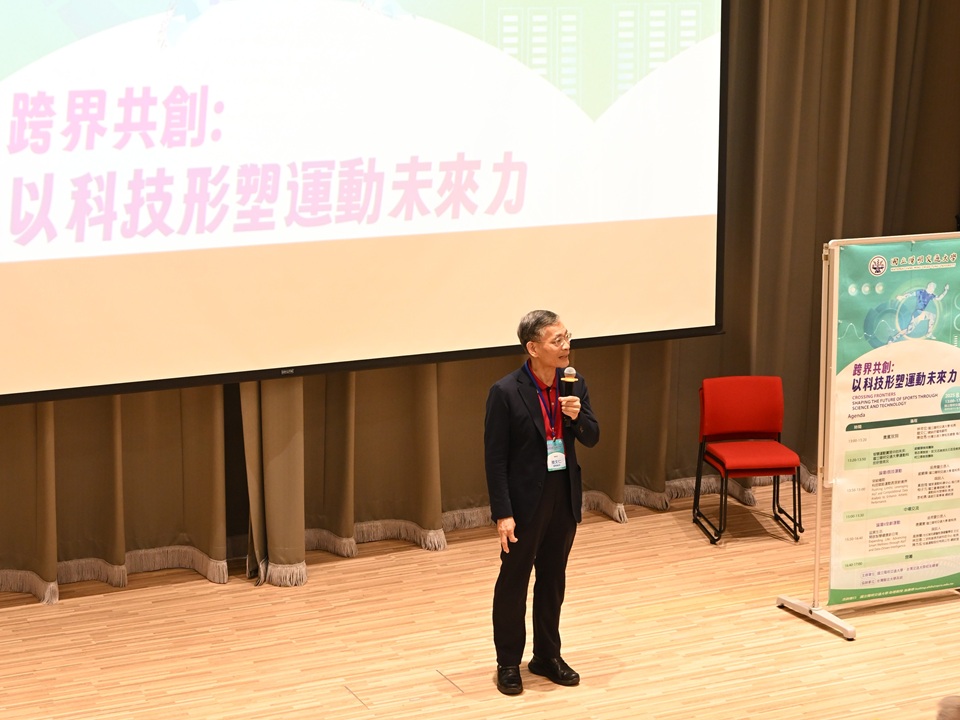
From the Arena to Everyday Life: NYCU Smart Sports Forum Champions Public Health
National Yang Ming Chiao Tung University (NYCU) and the NCTU Alumni Association co-hosted the “Crossing Frontiers: Shaping the Future of Sports through Technology” forum,
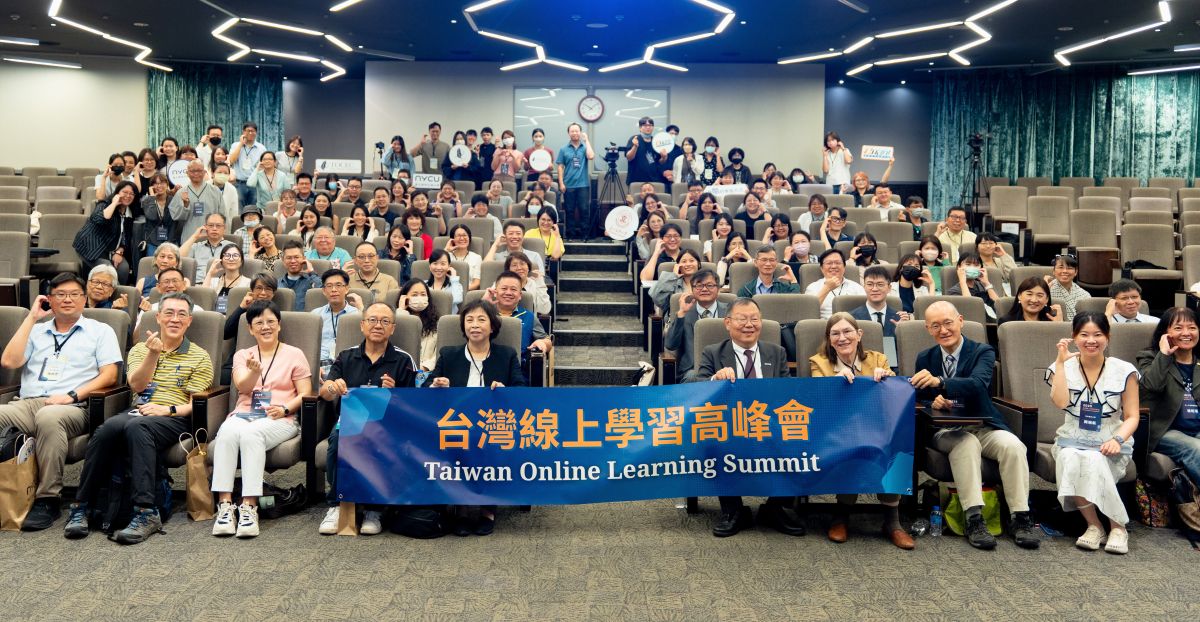
Global Dialogue on AI and Education: International Experts Join NYCU’s 2025 Taiwan Learning Summit
As generative artificial intelligence (AI) continues to disrupt and redefine global education, over 100 educators, researchers, and digital learning experts convened at the 2025 Taiwan

NYCU Honored with Seven Awards at 2025 Asia-Pacific and Taiwan Sustainability Action Awards
Edited by Chance Lai National Yang Ming Chiao Tung University (NYCU) received a total of seven accolades at the 2025 Asia-Pacific and Taiwan Sustainability

From the Arena to Everyday Life: NYCU Smart Sports Forum Champions Public Health
National Yang Ming Chiao Tung University (NYCU) and the NCTU Alumni Association co-hosted the “Crossing Frontiers: Shaping the Future of Sports through Technology” forum,

Global Dialogue on AI and Education: International Experts Join NYCU’s 2025 Taiwan Learning Summit
As generative artificial intelligence (AI) continues to disrupt and redefine global education, over 100 educators, researchers, and digital learning experts convened at the 2025 Taiwan
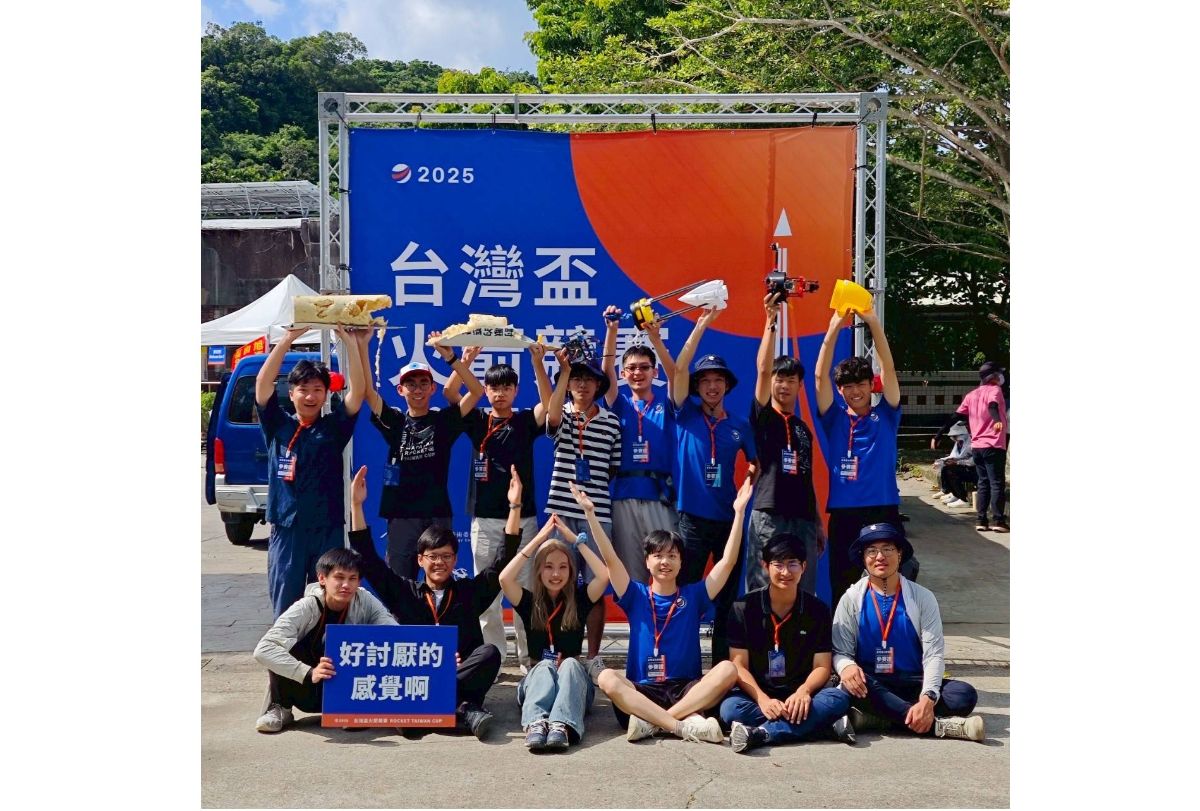
Asia’s First Large-Scale Rocket Competition: NYCU UAV Team Takes First Place in University Division at 2025 Rocket Taiwan Cup
The team “NYCU UAV Team (好討厭的感覺啊),” a joint squad of students from National Yang Ming Chiao Tung University (NYCU) and National United University (NUU), clinched
News
12/02 From Nature to Creation: Craft Your Own Botanical Mini Sculpture
On our campus, trees accompany us in the most ordinary ways, quietly storing the potential for renewal. Continuing the theme of the 2025 NYCU Sustainability Month “Campus Circular Economy Model Demonstration,” this workshop focuses on the regeneration and reuse of campus trees. Participants will rediscover the hidden value in fallen leaves, bark, seeds, and branches—and transform these natural materials into unique, life-filled animal and plant–inspired creations. By observing the characteristics of different tree species, you will experience the calming, restorative
12/03 The Constitutional Court Dancing with Politics
12/03(Wed)The Constitutional Court Dancing with Politics: The Reception and Reflection of the German Federal Constitutional Court Act in Taiwan. As the wheel of history turns, Taiwan’s constitutional order is undergoing profound transformation. Against the backdrop of “changing times, changing environments, and changing currents,” what key structural and substantive shifts are taking place within Taiwan’s Constitutional Court? When the Constitutional Court is no longer merely a cold and detached legal institution—but one that must engage with complex political dynamics—can comparative legal
11/27 NYCU Cultural Class: “Unity in Diversity”
Join us for the first session of the NYCU Cultural Class: “Unity in Diversity”, where you’ll experience the beauty, warmth, and diversity of Indonesian culture right here on campus. Through stories, traditions, and fun interactions, you’ll see what makes Indonesia such a vibrant and welcoming place. Date: Thursday, November 27, 2025 Time: 12:10 – 13:00 PM Venue: 光復校區 工程一館101 Guang-Fu Campus, Engineering Bldg. 1. Room 101 *Lunch will be provided *Limited to 40 participants In this session, you’ll discover Indonesia’s
Academic Achievements
“X-Men” Tech Comes Closer to Reality: NYCU Unveils Millisecond Wireless Brain Stimulation Breakthrough
A scene once confined to comic books and Hollywood blockbusters may be edging closer to reality. Researchers at National Yang Ming Chiao Tung University (NYCU)
Everyday Actions, Deep Brain Connections: NYCU Study Uncovers How Chewing and Swallowing Engage the Human Mind
What if every bite of rice or sip of water was more than just a reflex? Researchers from the National Yang Ming Chiao Tung University
Two Centuries After Bifocals: NYCU Builds World’s First Electronically Adjustable Liquid Crystal Eyeglasses
More than two centuries after Benjamin Franklin invented the bifocal lens, a research team at National Yang Ming Chiao Tung University (NYCU) has redefined how






























